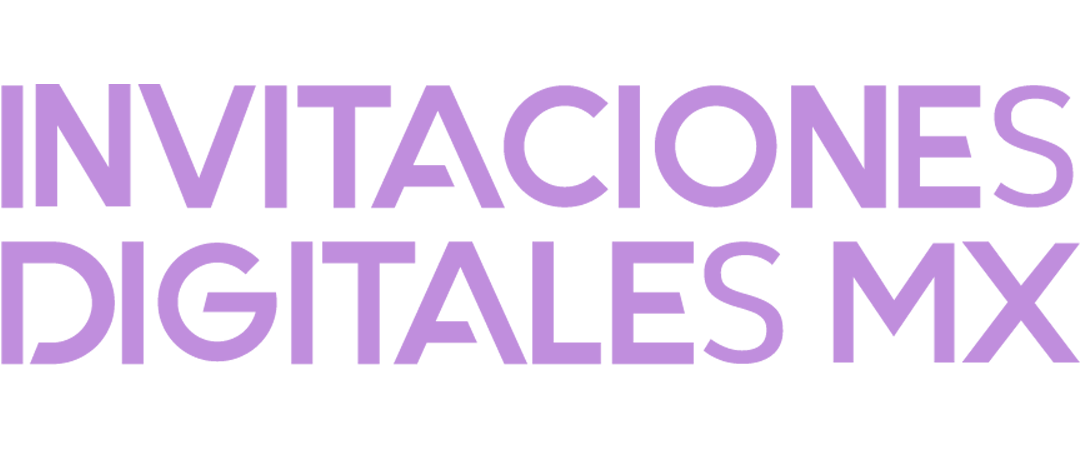Hypertension, frequently called hypertension, is a common health and wellness condition that impacts countless individuals worldwide. Frequently referred to as the “silent awesome,” high blood pressure is a chronic clinical condition defined by elevated high blood pressure degrees that can bring about severe health and wellness difficulties if left unattended. In this short article, we will explore the meaning, causes, signs and symptoms, diagnosis, treatment, and also avoidance of hypertension to supply you with a comprehensive understanding of this problem.
What is High blood pressure?
High blood pressure is a clinical problem defined by persistently high blood pressure levels. Blood pressure is the pressure exerted by blood against the wall surfaces cardioton price of the arteries as it flows with them. It is gauged utilizing two worths: systolic stress (the greater number) and diastolic pressure (the lower number). Blood pressure is expressed in millimeters of mercury (mmHg).
A typical high blood pressure analysis is normally glucozero around 120/80 mmHg. Nonetheless, when high blood pressure regularly surpasses 130/80 mmHg, a person is detected with hypertension. It is essential to note that a single high analysis does not necessarily indicate high blood pressure, as blood pressure can fluctuate throughout the day due to various aspects.
Hypertension can be classified into 2 types: primary (crucial) high blood pressure and second high blood pressure. Key high blood pressure is the most typical kind, representing about 90-95% of all high blood pressure situations. It establishes progressively over time as well as is influenced by a combination of hereditary and also lifestyle factors. On the various other hand, second hypertension is caused by a hidden clinical problem, such as kidney condition or hormone conditions.
- Key Hypertension: The specific reasons for main high blood pressure are not well recognized. Nevertheless, numerous threat variables contribute to its advancement, consisting of genes, age, weight problems, less active way of life, cigarette use, extreme salt intake, alcohol intake, and stress and anxiety.
- Secondary Hypertension: Additional high blood pressure is commonly a result of a hidden wellness problem such as kidney illness, hormonal problems (e.g., hyperthyroidism or Cushing’s disorder), certain medicines (e.g., birth control pills or decongestants), and also illegal drug use.
Signs of Hypertension
For the most part, high blood pressure does not exhibit visible signs and symptoms, earning its reputation as the “quiet awesome.” It is commonly identified throughout routine clinical examinations or when a private seeks medical focus for other health and wellness problems. However, in serious situations or during hypertensive dilemmas, some individuals might experience signs such as:
- Severe migraine
- Lack of breath
- Breast pain
- Lightheadedness or lightheadedness
- Blurred vision
- Nausea or throwing up
If you experience any one of these signs and symptoms, it is important to look for immediate medical attention as they might show a hypertensive emergency situation calling for punctual treatment.
Diagnosing High blood pressure
Detecting high blood pressure entails gauging high blood pressure making use of a sphygmomanometer, a tool that includes an inflatable cuff as well as a stress scale. High blood pressure readings are gotten by wrapping the cuff around the upper arm and inflating it to briefly quit the blood flow. A medical care professional then determines the pressure as the cuff is gradually decreased.
Based on high blood pressure analyses, individuals can be categorized into various high blood pressure arrays:
- Typical: Less than 120/80 mmHg
- Elevated: 120-129/
